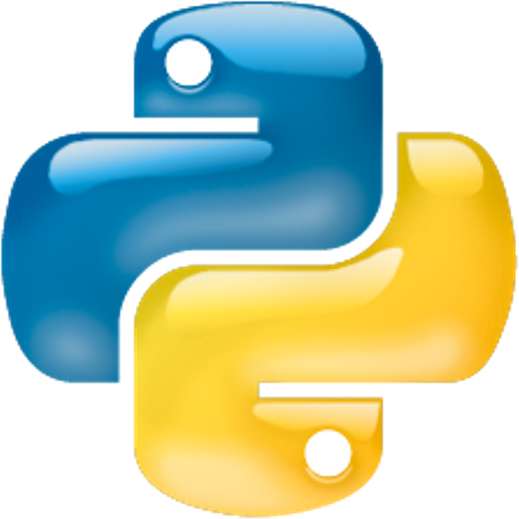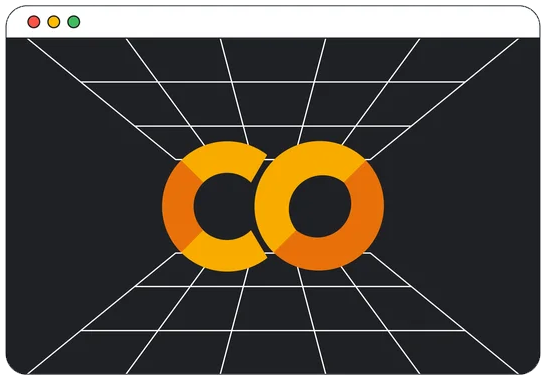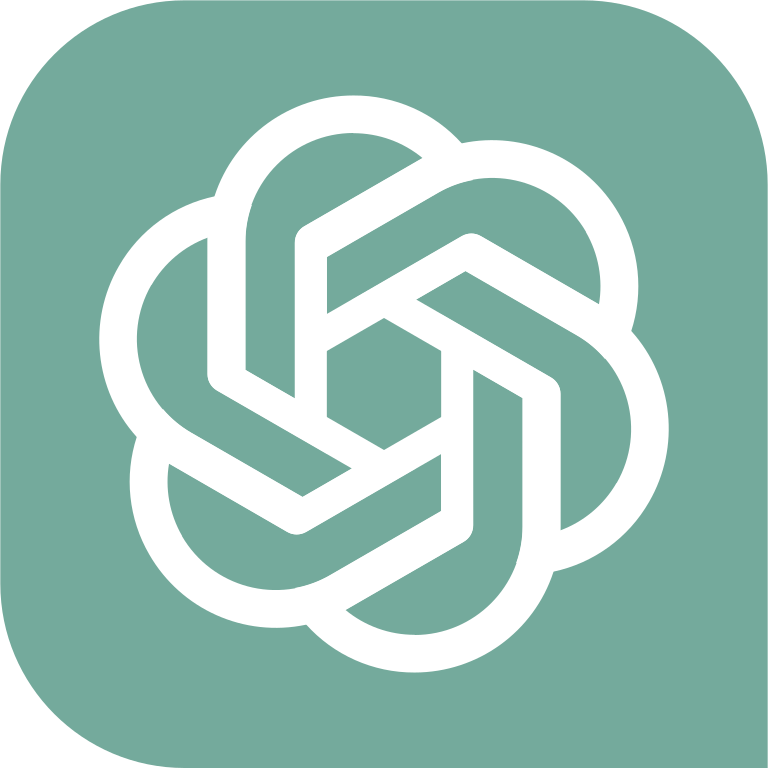Table of Contents » Chapter 5 : Disciplines : Chemistry
Chemistry
Overview
The relationship between the field of Chemistry and Python programming has strengthened in recent years due to the growth of computational chemistry, cheminformatics, and the broader trend of digital transformation in scientific research. Python, known for its simplicity, versatility, and the breadth of its scientific libraries, has become a preferred language for many chemists. Libraries such as RDKit and Open Babel are widely used for cheminformatics tasks including the manipulation of chemical structures, fingerprinting, and similarity analysis. For computational chemistry, tools like PySCF and Psi4 offer a Python interface for performing sophisticated electronic structure calculations. In experimental chemistry, Python's general-purpose libraries like NumPy, SciPy, pandas, and matplotlib are used for the statistical analysis and visualization of experimental data. Libraries like scikit-learn and TensorFlow also enable chemists to utilize machine learning for tasks such as predicting chemical properties, understanding reaction mechanisms, and designing new molecules. Thus, Python programming plays a significant role in modern chemistry, both in silico and in the laboratory.
- Computational Chemistry: Python is used to model molecular structures, understand chemical reactions, and predict physical properties of molecules. Tools like Psi4, PySCF, and ASE offer Python interfaces for such calculations.
- Cheminformatics: Python, with libraries such as RDKit and Open Babel, is used for the analysis and visualization of chemical structures, similarity analysis, and the creation and manipulation of chemical databases.
- Analytical Chemistry: Python's data analysis libraries like pandas and SciPy are used to analyze and interpret data from various analytical techniques such as spectroscopy, chromatography, and mass spectrometry.
- Physical Chemistry: Python is used for the simulation and modeling of physical and chemical phenomena, including thermodynamics, quantum mechanics, and kinetics.
- Biochemistry: Python is used to analyze and visualize biological macromolecules, model biochemical reactions, and analyze gene and protein sequences.
- Organic and Inorganic Chemistry: Python finds application in the design and optimization of organic and inorganic compounds, understanding reaction mechanisms, and predicting reactivity and other properties.
- Material Chemistry: Python is used to model and design new materials, predict their properties, and analyze material characterization data.
- Environmental Chemistry: Python's data analysis capabilities are used for modeling environmental phenomena, analyzing environmental data, and predicting the environmental impact of chemical substances.



